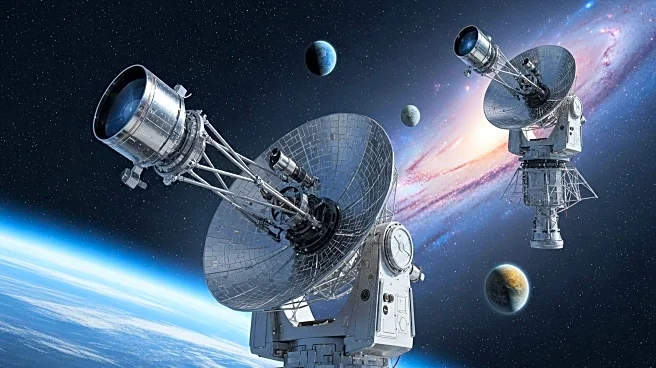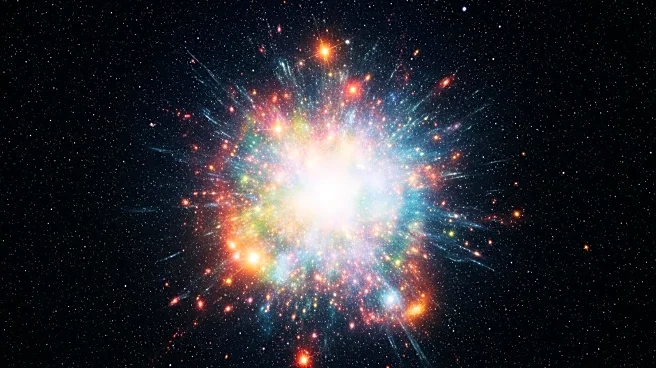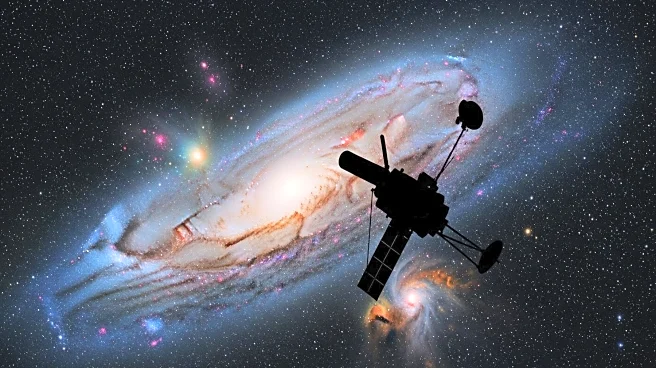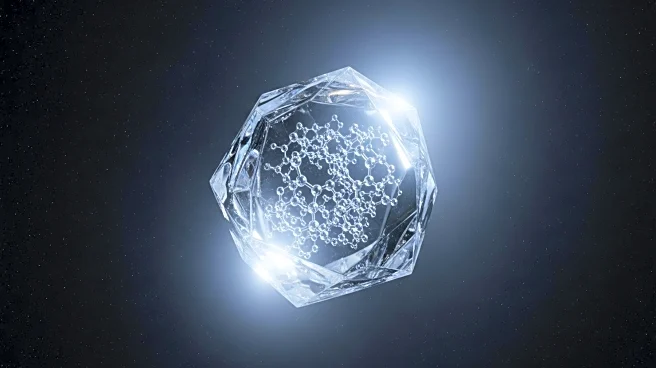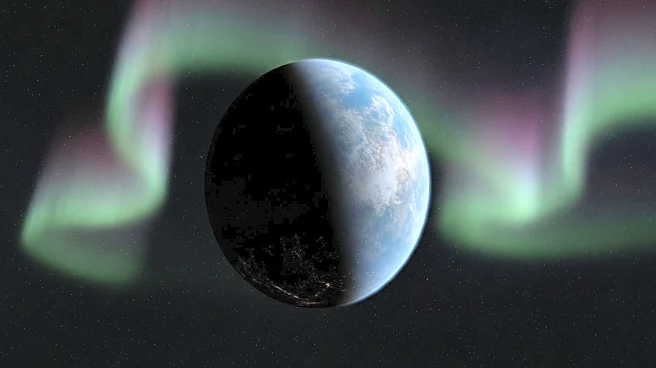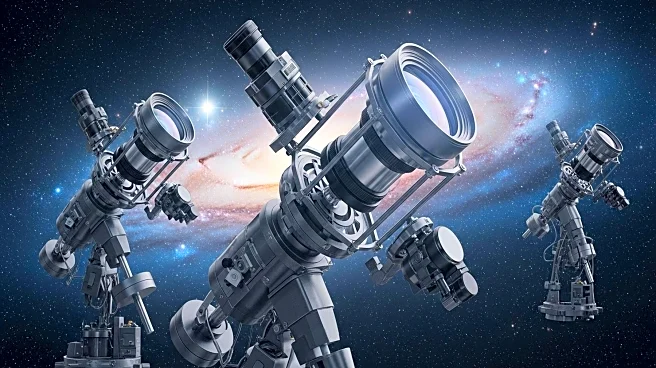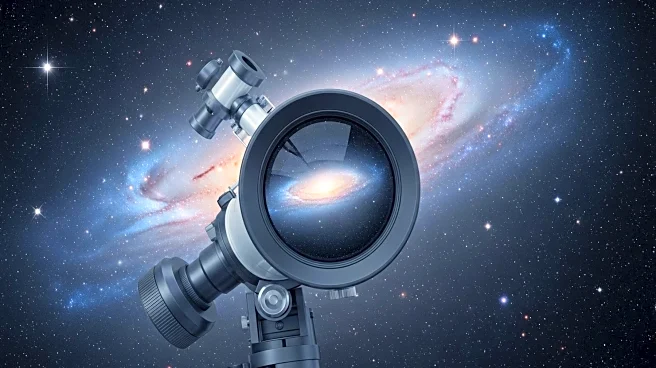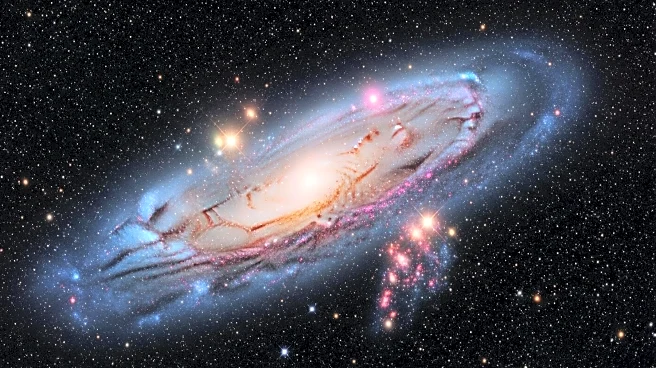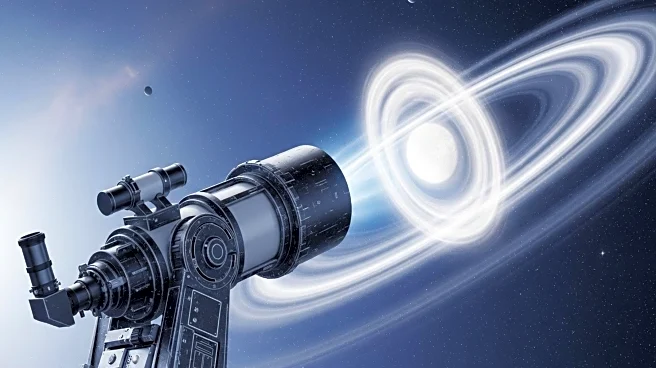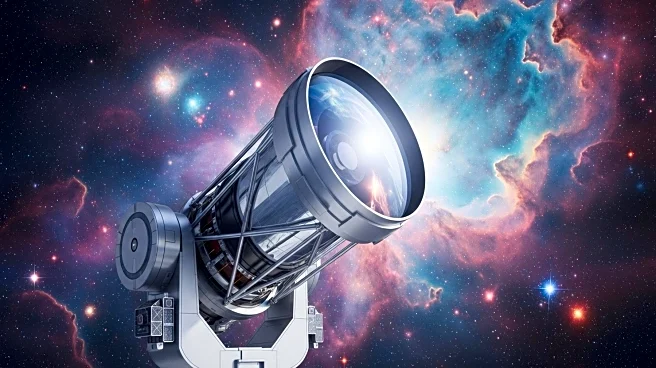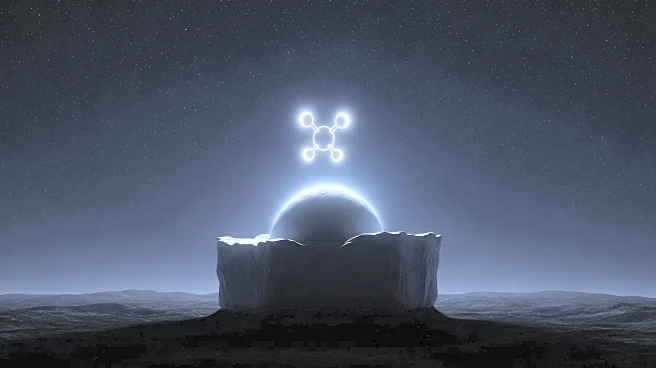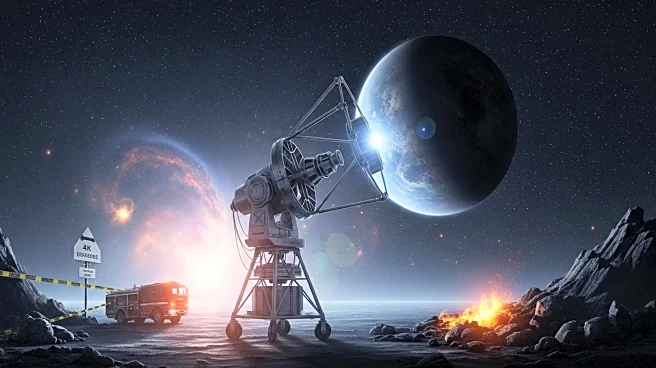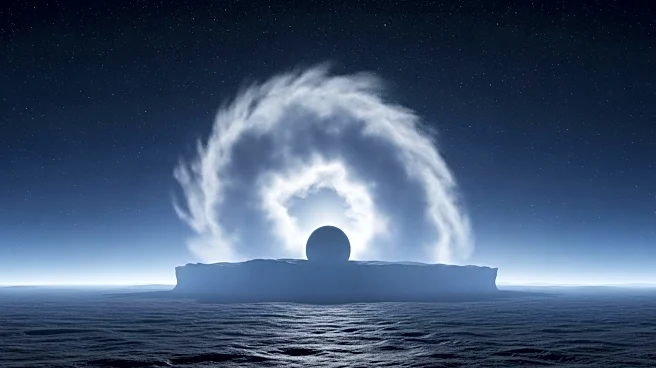What is the story about?
What's Happening?
NASA's Exo-C mission aims to advance the study of exoplanets and circumstellar dust disks by capturing high-contrast images at visible wavelengths. The mission will focus on imaging known gas giant planets, discovering smaller planets, and characterizing dust disks around nearby stars. By analyzing the reflected light from these celestial bodies, scientists hope to gain insights into their atmospheric compositions and the architecture of exoplanetary systems. The mission will also explore debris disks, which can reveal the presence of unseen planets through gravitational interactions.
Why It's Important?
The Exo-C mission represents a significant step forward in exoplanet research, offering the potential to directly image and study planets outside our solar system. This capability could lead to breakthroughs in understanding planetary formation and evolution, as well as the conditions necessary for habitability. By improving contrast capabilities over existing telescopes, Exo-C will enable more detailed observations of exoplanetary atmospheres and dust disks, contributing to our knowledge of planetary systems and their development. The mission's findings could inform future space exploration and the search for Earth-like planets.
What's Next?
As the Exo-C mission progresses, scientists will analyze the data collected to refine models of exoplanetary systems and their atmospheres. The mission's findings may prompt further studies and missions aimed at exploring specific exoplanets or systems of interest. Additionally, the data could influence the design of future telescopes and instruments, enhancing our ability to detect and study distant worlds. The scientific community will be closely monitoring the mission's outcomes to assess its impact on our understanding of the universe.
AI Generated Content
Do you find this article useful?
